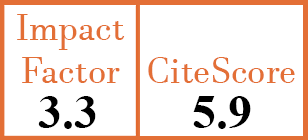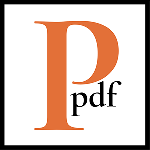Treatment
Acute oral tetrahydrobiopterin administration ameliorates endothelial dysfunction in systemic sclerosis
D.R. Machin1, H.L. Clifton2, R.S. Richardson3, D.W. Wray4, A.J. Donato5, T.M. Frech6
- Department of Internal Medicine, University of Utah; Geriatric Research, Education, and Clinical Center, VA Medical Center, Salt Lake City, UT, USA.
- Geriatric Research, Education, and Clinical Center, VA Medical Center, Salt Lake City, UT, USA.
- Department of Internal Medicine, Department of Nutrition and Integrative Physiology, University of Utah; Geriatric Research, Education, and Clinical Center, VA Medical Center, Salt Lake City, UT, USA.
- Department of Internal Medicine, Department of Nutrition and Integrative Physiology, University of Utah; Geriatric Research, Education, and Clinical Center, VA Medical Center, Salt Lake City, UT, USA.
- Department of Internal Medicine, Department of Nutrition and Integrative Physiology, Department of Biochemistry, University of Utah; Geriatric Research, Education, and Clinical Center, VA Medical Center, Salt Lake City, UT, USA.
- Department of Internal Medicine, University of Utah, Salt Lake City, UT, USA. tracy.frech@hsc.utah.edu
CER10403
2017 Vol.35, N°4 ,Suppl.106
PI 0167, PF 0172
Treatment
Free to view
(click on article PDF icon to read the article)
PMID: 28980911 [PubMed]
Received: 13/03/2017
Accepted : 29/05/2017
In Press: 14/09/2017
Published: 12/10/2017
Abstract
OBJECTIVES:
Systemic sclerosis (SSc) is a rare, autoimmune disease characterised by endothelial dysfunction, which is associated with peripheral vasculopathy, such as digital ulcers (DU). We sought to determine if acute oral administration of tetrahydrobiopterin (BH4), an essential cofactor for endothelial nitric oxide synthase, would augment endothelial function in patients with SSc.
METHODS:
Twelve SSc patients, of whom a majority had a history of DU, were studied 5 hours after oral BH4 administration (10 mg/kg body mass) or placebo on separate days using controlled, counterbalanced, double-blind, crossover experimental design.
RESULTS:
There were no differences in blood markers of oxidative stress and brachial artery blood pressure, diameter, blood velocity, shear rate, or blood flow at rest between placebo and BH4 (p>0.05). Whereas, after a 5 minute suprasystolic forearm cuff occlusion, brachial artery peak reactive hyperemia (placebo: 313±30 vs. BH4: 347±37 ml/min, p<0.05) and flow-mediated dilation (FMD) (placebo: 3.0±0.8 vs. BH4: 4.8±0.8%, p<0.05) were significantly higher after acute BH4 administration, indicating an improvement in endothelial function. To determine if the vasodilatory effects of BH4 were specific to the vascular endothelium, brachial artery blood flow and vasodilation in response to sublingual nitroglycerin were assessed, and were found to be unaffected by BH4 (p>0.05).
CONCLUSIONS:
These findings indicate that acute BH4 administration ameliorates endothelial dysfunction in patients with SSc. Given that endothelial dysfunction is known to be associated with DU in SSc patients, this study provides a proof-of-concept for the potential therapeutic benefits of BH4 in the prevention or treatment of DU in this population.


